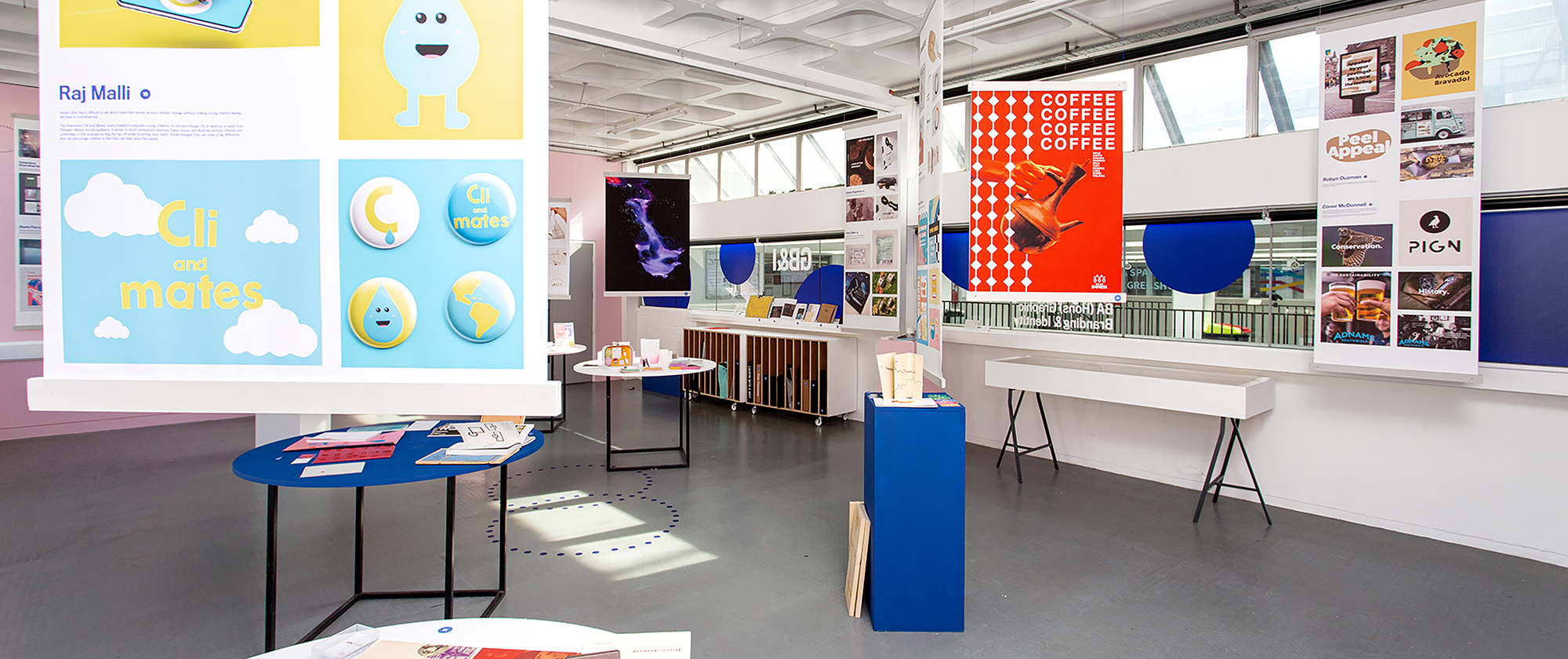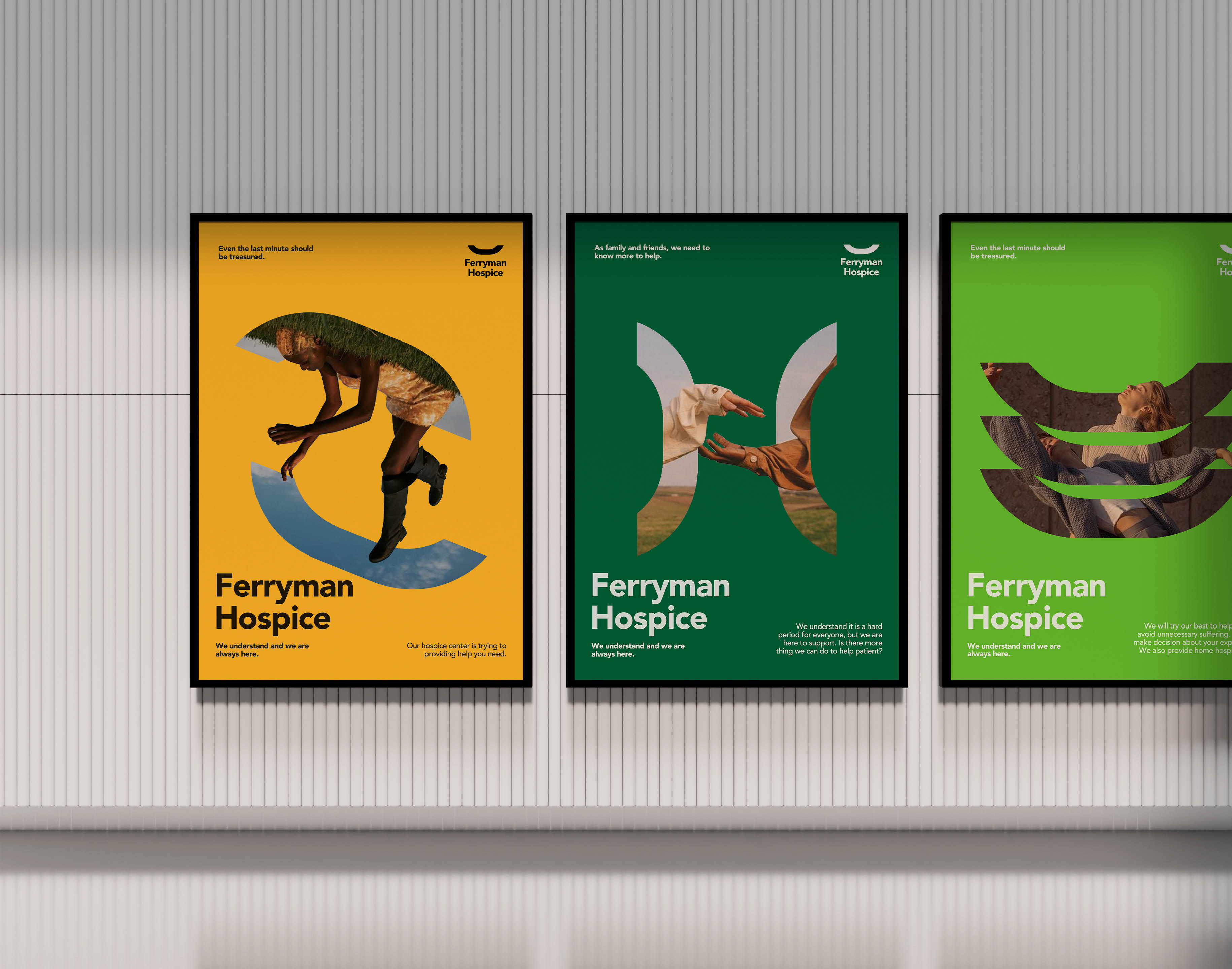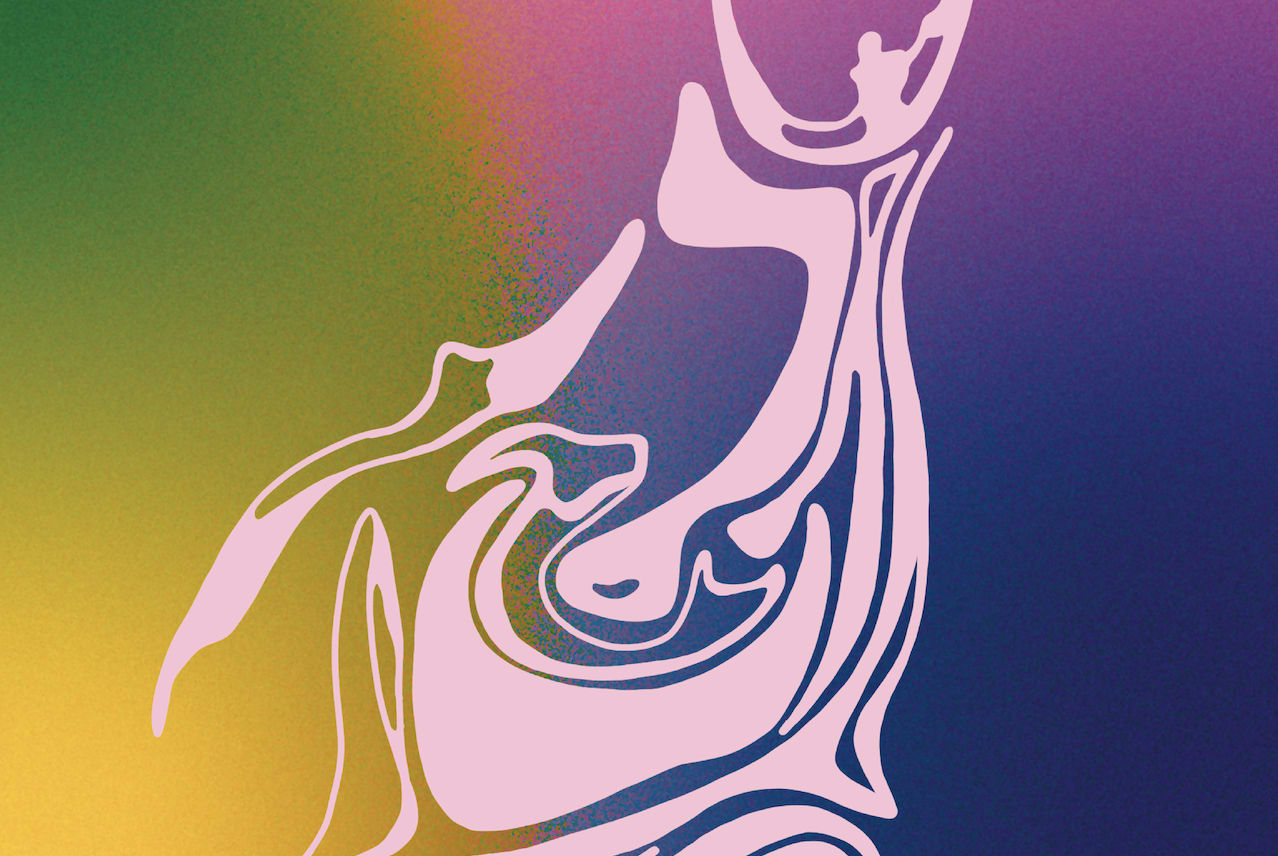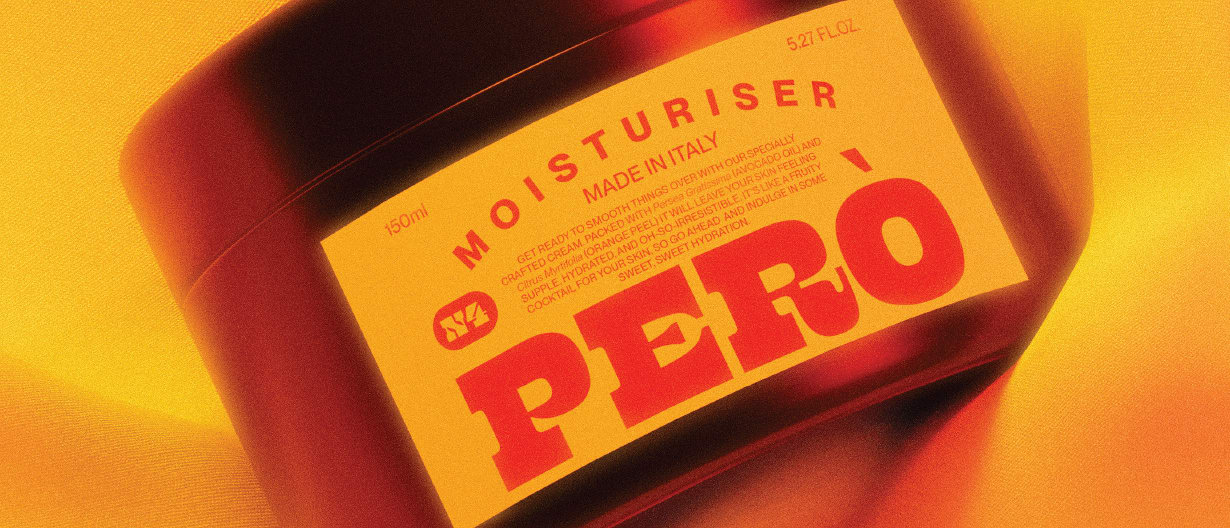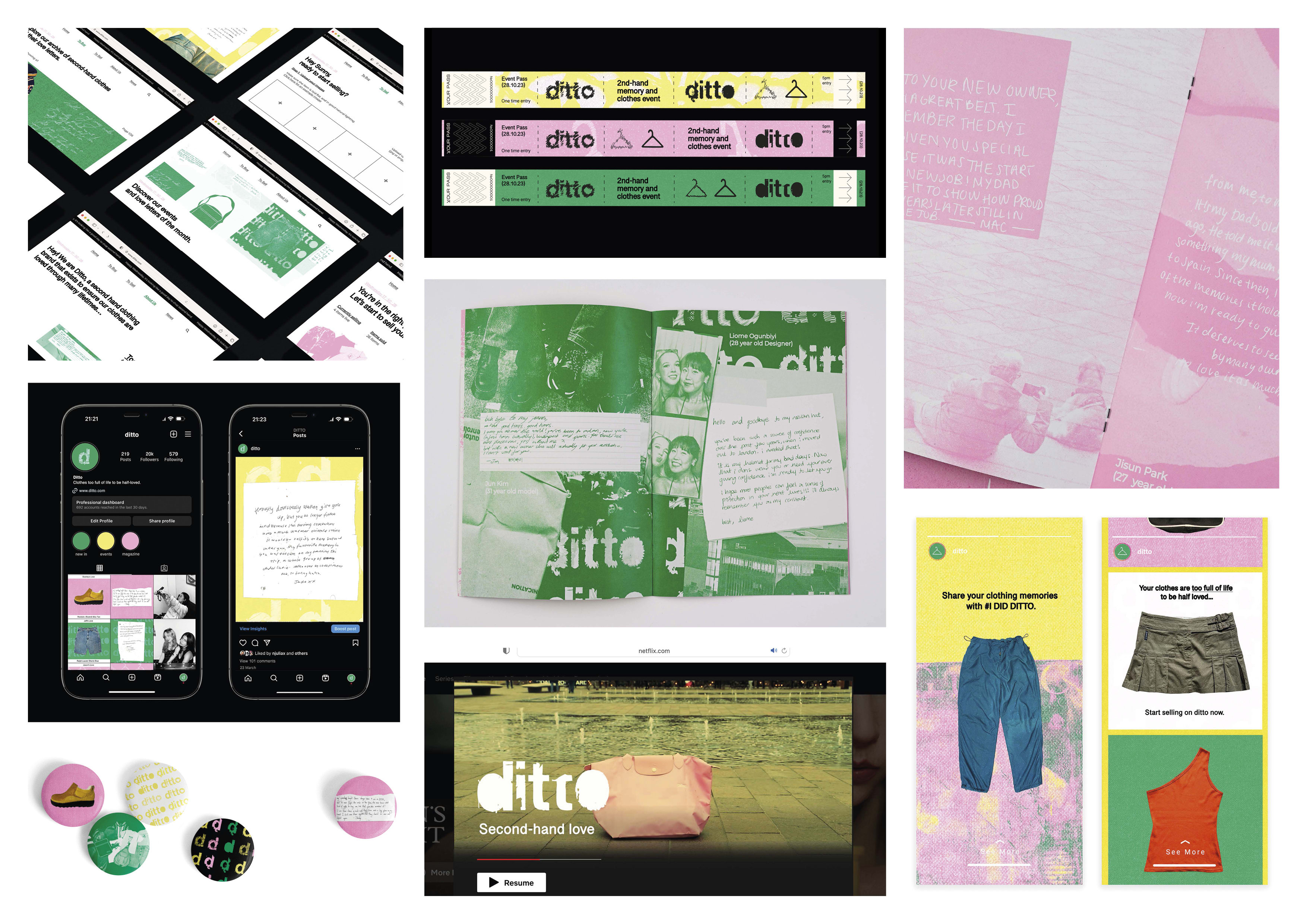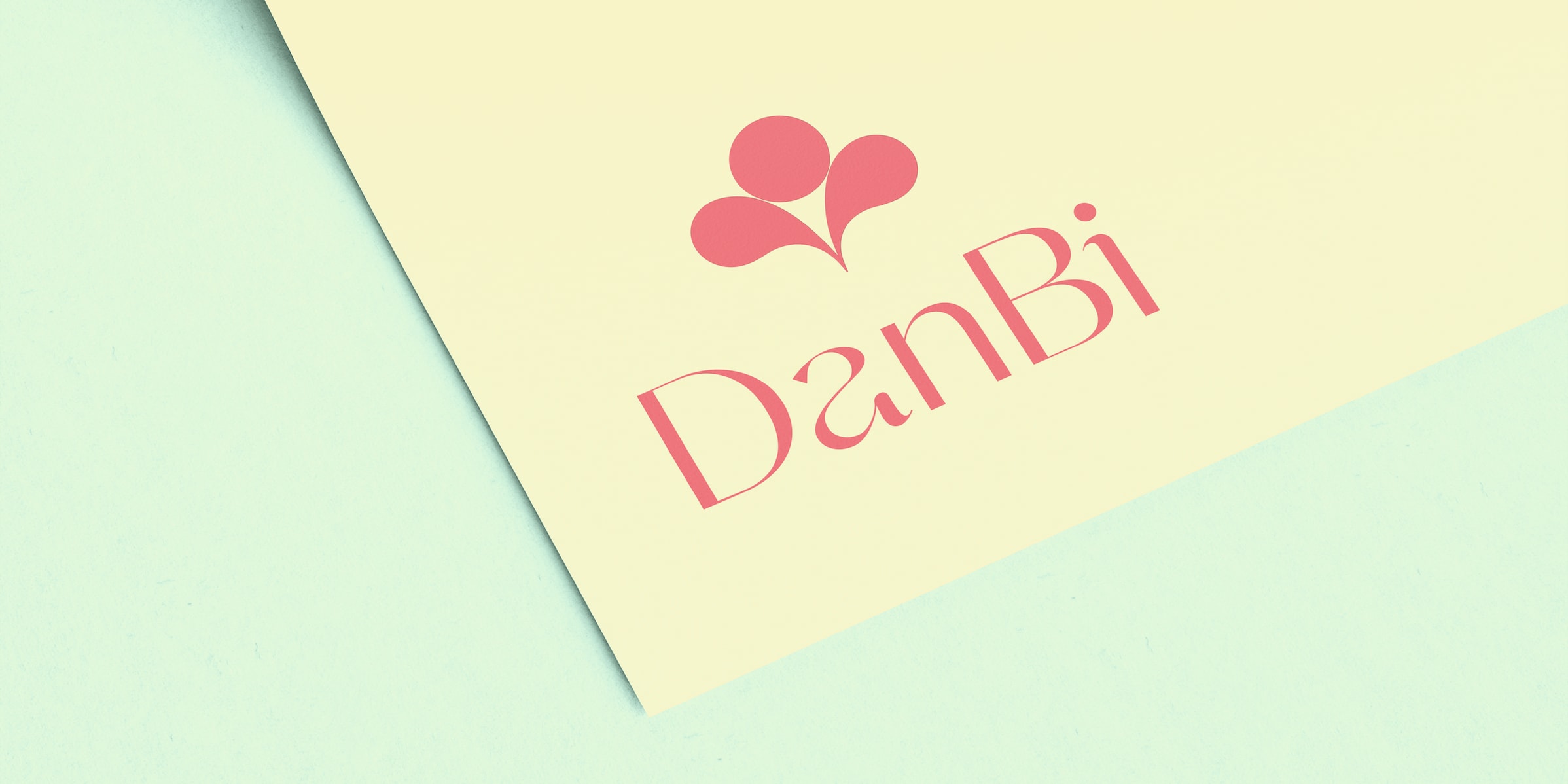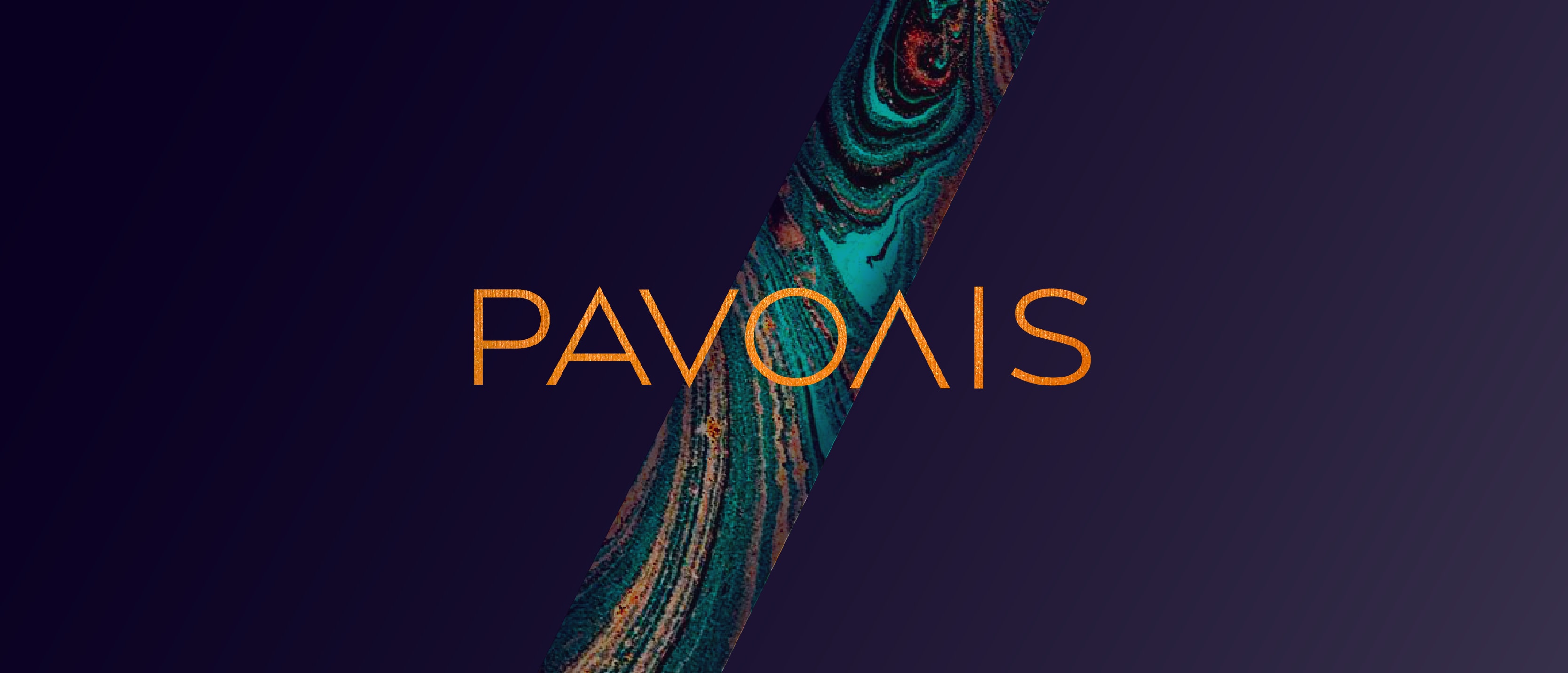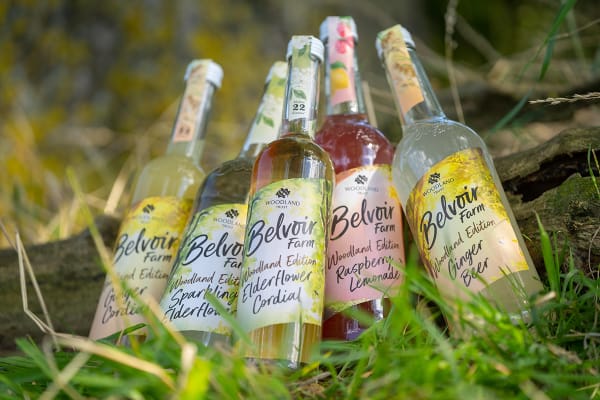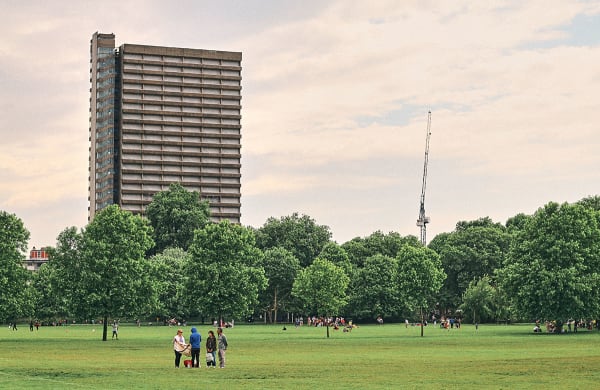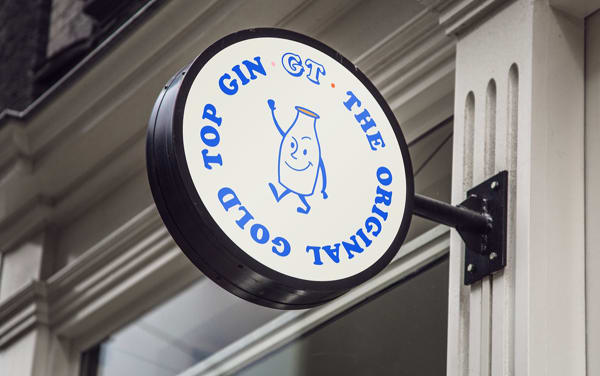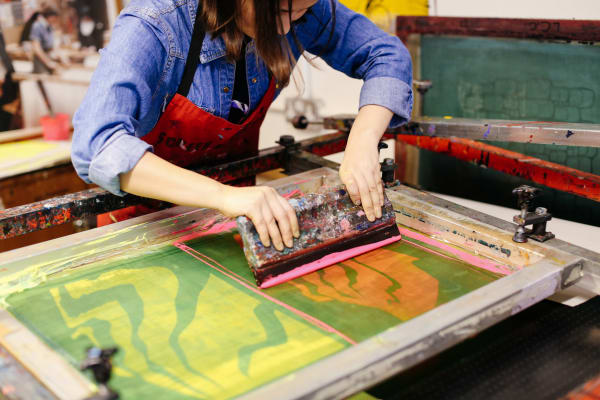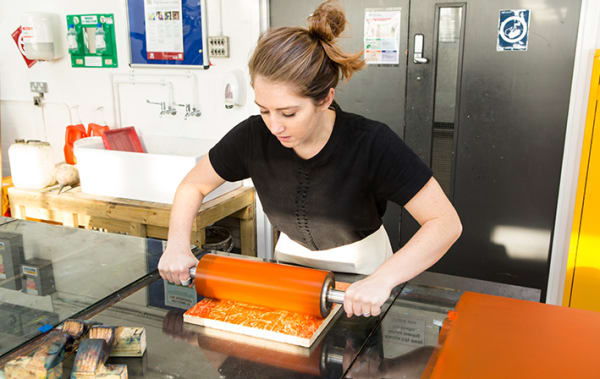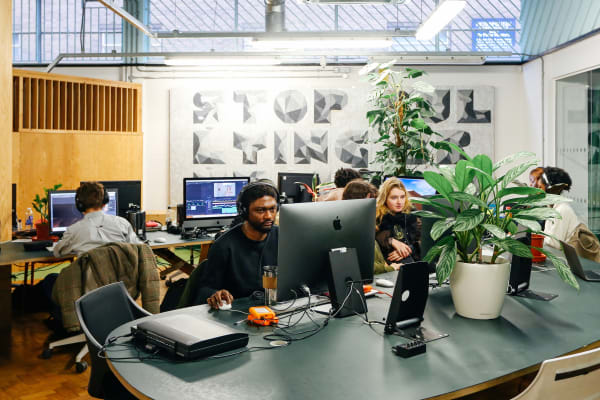Course units
In common with all courses at University of the Arts London, this course is credit rated. The course is 3 years, levels 4-6. Each year requires you to achieve 120 credit points. To be awarded the BA (Hons) Graphic Branding and Identity qualification, you need to accumulate a total of 360 credits.
YEAR 1
Graphic Branding Principles
In this 40-credit unit, you will learn to understand and remember the principles of how and why brands work, and the types of brands that exist in the world.
Introduction to Graphic Branding and Identity
In this 20-credit unit, you will learn to understand and discuss what it is to study Graphic Branding and Identity, and how to be a fully engaged student.
Graphic Identity Principles
In this 40-credit unit, you will learn to understand, recognise and describe how to create an effective graphic brand identity that works.
Responsible Design
In this 20-credit unit, you will learn to understand, recognise and describe how to create a ‘responsible’ graphic brand that works, and why we expect this approach to infiltrate every aspect of your university life and future career.
YEAR 2
Creative Agility
In this 40-credit unit, you will learn to apply the skills needed to design a creative, innovative brand approach through fast-paced thinking and doing which encourages experimentation alongside good decision making.
Professional Practices
In this 20-credit unit, you will work in an interdisciplinary team, working collaboratively on a speculative project and a live industry brief to build your skills, capabilities, and mindset to improve your future professional practice.
Creative Strategy
In this 40-credit unit, you will learn how to experiment freely with your design approaches, then analyse and take control of your creative thinking by defining a creative strategy that enables collaboration.
Design Cultures
In this 20-credit unit, you will explore a thematic area of your choice within Graphic Branding and Identity, questioning established narratives and developing your critical voice.
YEAR 3
Self-Initiated Research Project
In this 40-credit unit, you will undertake a research project on a topic of your choice in discussion with tutors, bringing together the skills, knowledge and experience gained during your study to carry out an in-depth research project that connects theory and practice.
Industry Project
In this 20-credit Unit, you will investigate working within the professional field of Graphic Branding to develop the skills you need for the creative industries and your professional life.
Major Project
In this 60 Credit Unit, you will create, design and deliver a substantial graphic branding and identity project in response to your self-initiated research project which helps make the world a better place through your creative endeavours.
Optional Diploma between Years 2 and 3
Between Years 2 and 3 of your course, you’ll also have the opportunity to undertake one of the following qualifications:
Diploma in Professional Studies (DPS) (Optional)
This optional diploma can be taken between years 2 and 3. With support from your tutors, you’ll undertake an industry placement for a minimum of 100 days/20 weeks. As well as developing industry skills, you’ll gain an additional qualification upon successful completion.
Diploma in Creative Computing (Optional)
Between years 2 and 3, you can undertake the year-long Diploma in Creative Computing. This will develop your skills in creative computing alongside your degree. After successfully completing the diploma and your undergraduate course, you’ll graduate with an enhanced degree: BA Hons Graphic Branding and Identity (with Creative Computing).
